Queen Victoria – Around the World on Coins…
Cast your imagination back to the 19th century… Queen Victoria ruled 400 million people in an empire that covered almost a quarter of the world’s surface!

With a name and title famous across the globe, it may come as a surprise to you that Queen Victoria never actually stepped foot in many of the countries she ruled over.

India was held with such high regard in Victoria’s heart that it became known as the Jewel in the Empire’s crown. In 1876, India awarded her the title of ‘Empress of India’ in a gesture of appreciation.
Although having never stepped foot in the country and living 4,500 miles away, Victoria’s portrait was minted on to the currency of India (the rupee) from 1840, so people could recognise their empress!
The rupee is one of the oldest currencies in the world, so to feature a British monarch for the first time was an important moment in numismatic history.

The later portrait issued on rupees, similar to the Gothic Head effigy, can be considered one of the most beautiful coins of the empire.

A 22hr flight to Australia seems a long journey now but for Queen Victoria, a trip to this corner of the world would have taken her almost two months to get there!
So, there’s no surprises this was also a country that she never visited. However, the need for a British presence in the country was growing with the empire; as the empire grew, so did the need for coins. The Royal Mint opened branches in Australia and in 1855, a sovereign was minted outside of the UK for the first time – the Sydney sovereign.

It featured a portrait of Victoria that was based on the Young Head effigy, but with a sprig of banksia weaved through Victoria’s hair, giving the portrait a distinct Australian feel.
The Sydney sovereign became incredibly successful and a number of Royal Mint branches were opened throughout Australia as a result. To identify the Mint that sovereigns were produced in, mintmarks were added to the coins, with a small ‘P’ for Perth, and an ‘M’ for Melbourne.

The sovereign became legal tender in the majority of British colonies in the 1860s, and its importance in British trade, and worldwide circulation earned it the title “the King of Coins”. By the final years of the British Empire, the sovereign was minted in four continents across the globe.
India and Australia weren’t the only countries that saw Victoria’s portrait. Her image also reached as far as Hong Kong, Ceylon, East Africa and New Zealand. In 1870 the first Canadian dollar with Victoria’s portrait was issued, taking Victoria’s image to a new side of the world for people to see.
Despite never leaving Europe, Queen Victoria’s portrait and image stood strong on coins around the world. Whilst she never stepped foot in many of the countries that she ruled over, that didn’t stop people recognising her image around the world.
The coins that they used every day provided a link to the empire that they were a part of, despite the miles between them.
If you’ve found this blog informative and have enjoyed reading, let us know in the comments below!
Secure the 2019 UK 200th Anniversary of the Birth of Queen Victoria £5 for your collection!

Your £5 coin has been struck to a superior Brilliant Uncirculated quality and is protectively encapsulated in official Change Checker packaging to ensure that it is preserved for generations.
To secure yours for JUST £10.99 (+p&p) click here >>
First look: 2021 Royal Mint Annual Coins Design Reveal!
As we celebrate the arrival of the New Year, at Change Checker HQ we’re also celebrating the arrival of new coins – The 2021 Annual Coins!
We can’t wait to reveal to you the new 2021 coin designs and I’m sure you’ll agree that there are some really fantastic coins to look forward to.
So let’s kick off the year with the coins we’ve all been waiting for, the 2021 Annual Set…
Decimal Day 50p

This year marks the 50th anniversary since Decimal Day on the 15th February 1971 and to celebrate the biggest change our UK coinage has ever seen, a brand new 50p has been issued.
In commemoration of the anniversary, this brand new 50p, designed by Dominique Evans, features the original Machin portrait of Queen Elizabeth II on the obverse, which featured on the very first 50p back in 1969.
The 50p has become the most-collected and best-loved decimal coin since its introduction and given the significance of this anniversary, I’m sure this 50p will prove very popular with collectors.
John Logie Baird 50p

It’s hard to imagine life without television but back in the 1920s, it was a complete unknown.
That was until John Logie Baird successfully produced televised objects in outline in 1924, transmitted recognizable human faces in 1925, and demonstrated the televising of moving objects in 1926. This was the very first-time that television had become a reality and it shaped the world that we live in today.
This brand new 50p, designed by Osborne Ross, celebrates the life and works of this remarkable British inventor, electrical engineer, and innovator.
H. G. Wells £2

Herbert George Wells was an English novelist, journalist, sociologist, and historian best known for his science fiction novels The Time Machine and The War of the Worlds.
In the year marking the 75th anniversary of his death, this brand new £2 coin has been issued, feature a design which pays a fitting tribute to his famous novels, with a depiction of the Invisible Man and a Martian encircled by clock numerals.
The inscription also reads one of his famous quotes, “GOOD BOOKS ARE THE WAREHOUSES OF IDEAS”. We love Chris Costello’s design and we hope you do too!
Sir Walter Scott £2

2021 commemorates the 250th anniversary of the birth of novelist, historian, and poet, Sir Walter Scott.
He is considered both the inventor and the greatest practitioner of the historical novel.
The coin, designed by Stephen Raw, features the text: “SIR WALTER SCOTT NOVELIST HISTORIAN POET” encircled by the inscription “250TH ANNIVERSARY OF HIS BIRTH” and the year date.
Excitingly, this coin also features the edge inscription, “THE WILL TO DO, THE SOUL TO DARE”, a quote from his epic poem, ‘Marmion: A Tale of Flodden Field’.
Queens Elizabeth II 95th Birthday £5

This year, our Queen will celebrate her 95th birthday and to celebrate, The Royal Mint has issued this £5 coin.
The coin features a design by Timothy Noad, of the Royal Cypher and the inscription “MY HEART AND MY DEVOTION” alongside the date of the Queen’s birth and the year 2021.
In 2016, a £5 coin was issued to celebrate Her Majesty’s 90th Birthday and it proved incredibly popular with collectors, as she became the first British monarch to reach their 90th birthday. As she reaches another significant milestone, I’m sure this celebratory coin will prove just as, if not more popular!
The announcement of the new annual coins is always an exciting moment for Change Checkers, particularly when the anniversaries are as significant as these.
Do you have a favourite coin from the set? Let us know in the comments below!
Secure the 2021 Annual Coin Set to your collection today!

If you love these coins as much as we do, you can secure them as a set today for JUST £40.00 (+p&p)
Secure yours by clicking here >>
Your Guide to the UK’s Pre-Decimal Currency
If you were born after the UK’s coinage system turned decimal, or it’s simply been a while since you’ve thought about pre-decimal coinage, it can be a bit confusing!

From the farthing, to the Thrup’nny bit, there’s a lot of coins to get your head around. So, Change Checker is on hand with your guide to the UK’s pre-decimal currency!
The Farthing
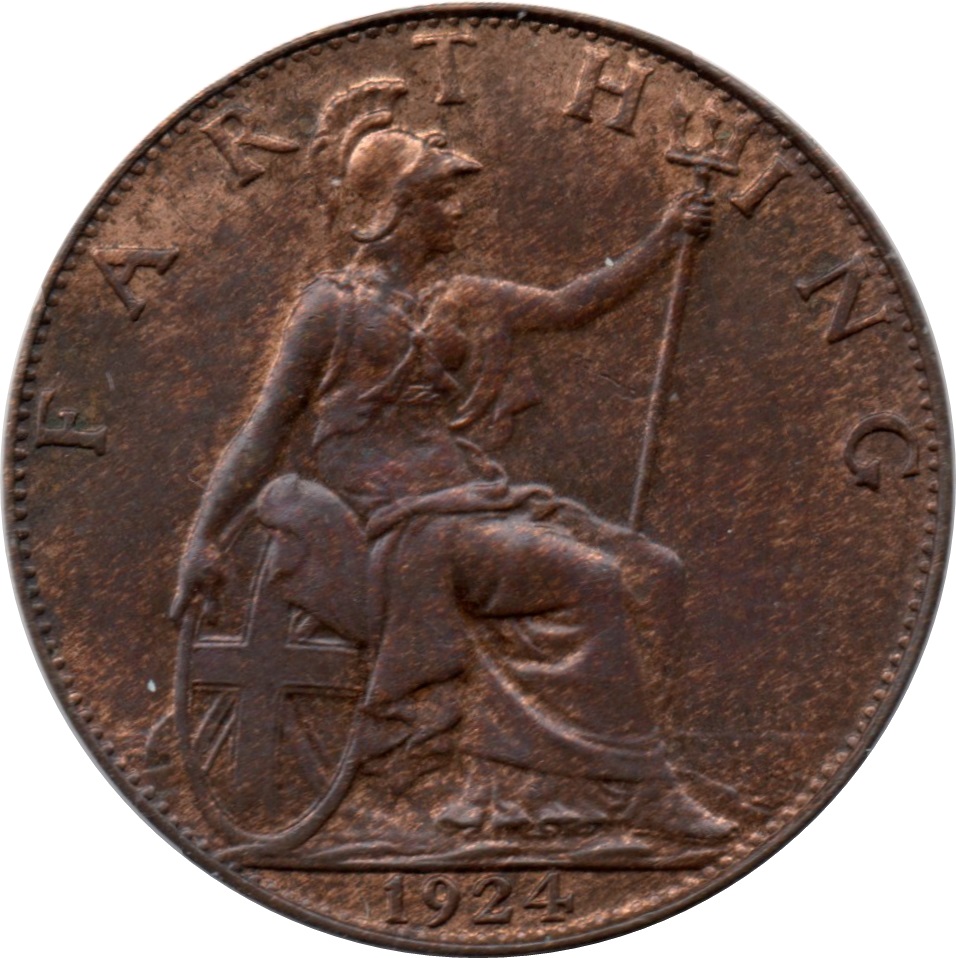
The farthing equaled that of a quarter of a penny and it was issued for circulation for nearly 100 years (1860-1956).
This small but significant coin featured the portraits of 11 monarchs, including George I, Queen Victoria, and Queen Elizabeth II.
Half Penny
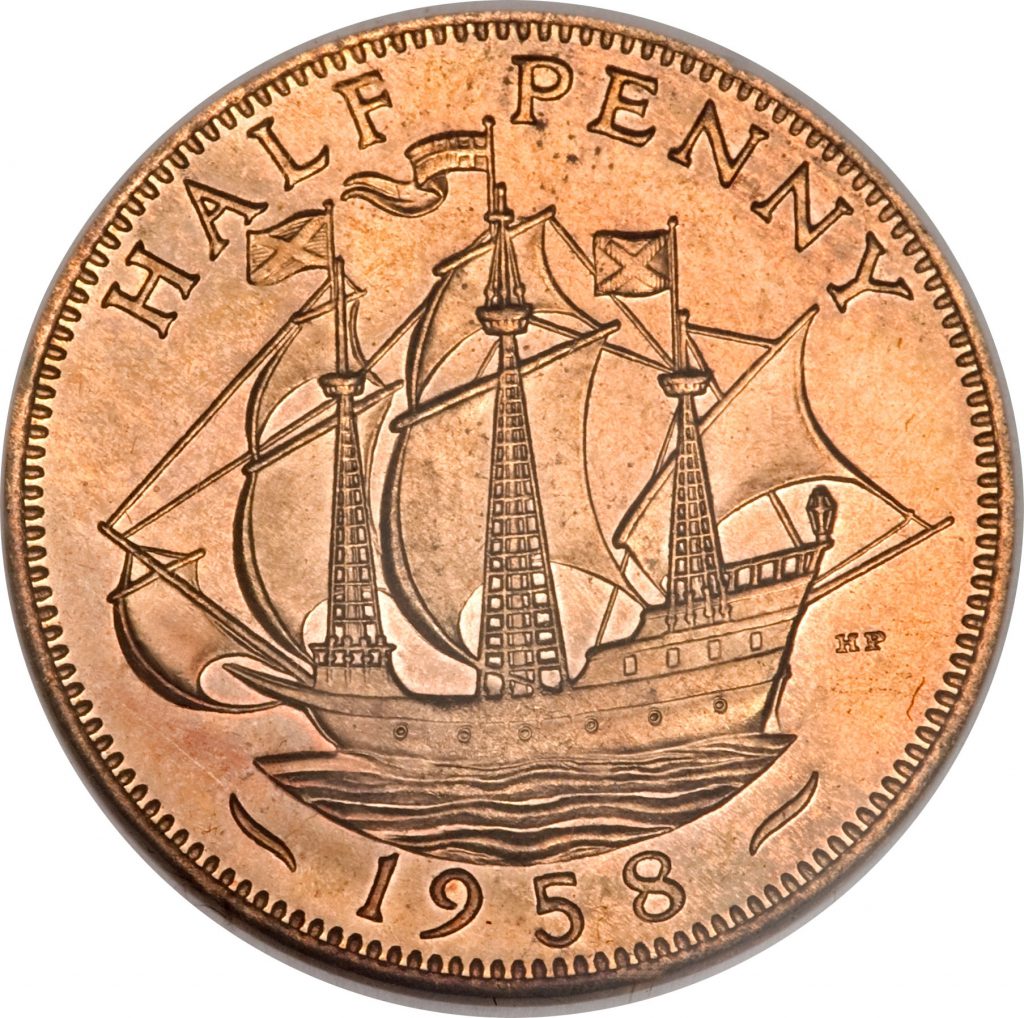
Suggestive of its name, the half penny was worth, literally half of a penny in value. Two farthings would therefore make a half penny!
The last half penny issued for circulation was dated 1967.
Penny

The pre-decimal One Penny, also known as 1d, held a lot less value than the modern ‘New’ Penny – there were 240 pennies in a pre-decimal pound!
They were used in circulation from 1714 and the last One Penny was struck in 1967, before the introduction of the ‘New’ Penny in 1971.
Threepence
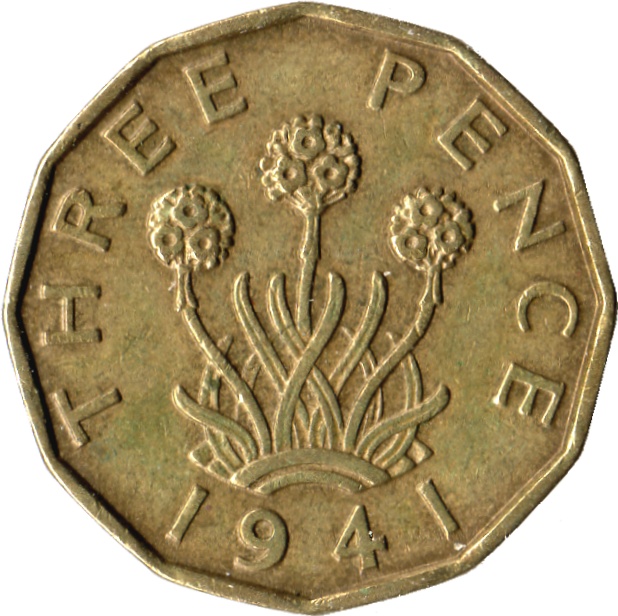
The 12-sided threepenny (or 3d) is fondly remembered for its individuality. There was quite literally nothing quite like it before, and it holds the proud title of Britain’s first non-circular coin since milled coins were introduced in the 17th century.
The unconventional shape and thickness of the new brass Thrup’nny Bit made it easy to identify amongst other coins in loose change and it quickly proved to be a very popular new addition.
Alongside this brass version of the threepenny, a silver 3d also circulated through the reign of King George V. It even sometimes circulated alongside the brass coin!
Its name derived from it’s value, being equal to exactly three pennies.
Sixpence
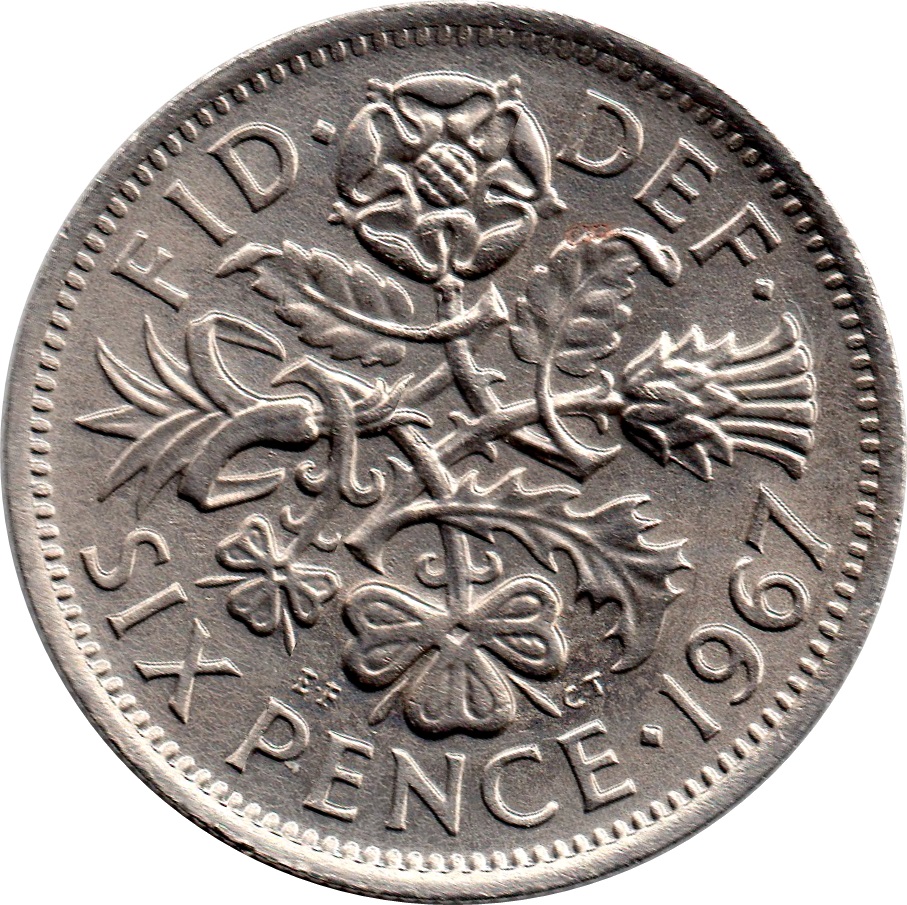
Also called a ‘Tanner’ the sixpence was equivalent to one-fortieth of a pound sterling, or half a shilling.
It was first minted in 1551, during the reign of Edward VI, and circulated until 1980.
Throughout centuries, the sixpence has been considered lucky, with fathers slipping one into their daughter’s shoe on their wedding day, and families hiding one in their Christmas pudding, in the hope it would bring prosperity and good fortune.
The sixpences continued to be legal tender until 1980 with a value of 2 and a half new pence. The public were so fond of the sixpence, that there was even a ‘Save Our Sixpence’ campaign!
Shilling
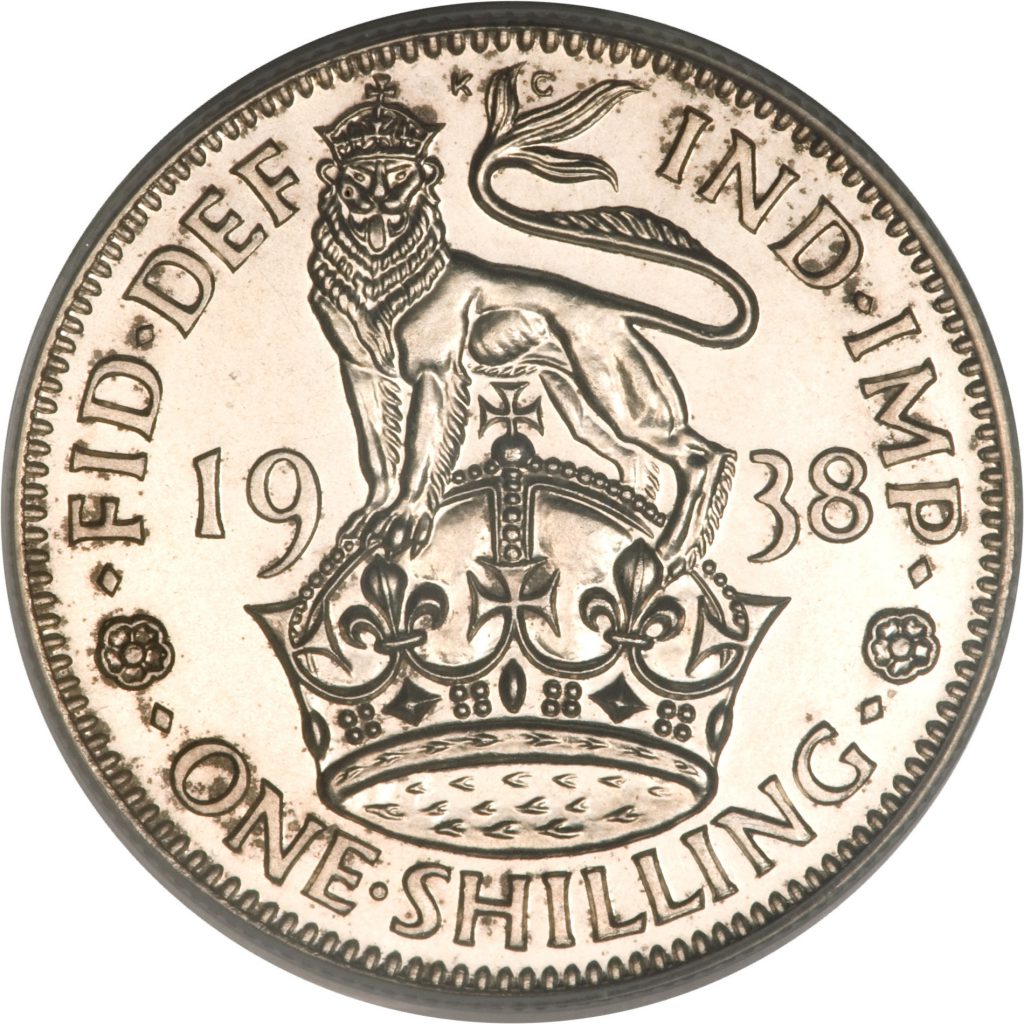
A shilling (or 1/-) was worth 12 pennies and there were 20 in the pre-decimal pound sterling.
The shilling was technically replaced by the five new pence in 1968 in preparation for the decimal changeover in 1971 but they were used as five pence pieces until the 5p was made smaller in 1990.
Florin
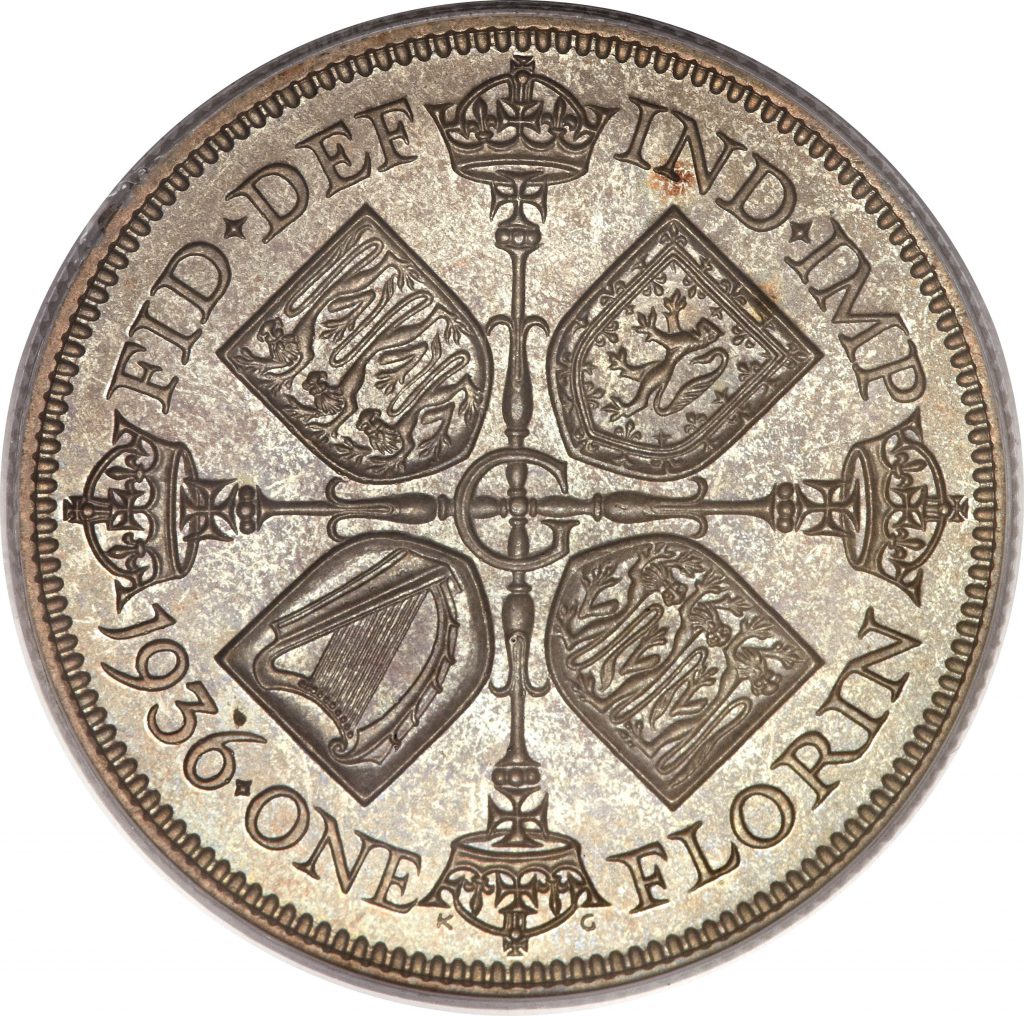
The Florin (or Two Shillings, 2/-) was worth 24 pre-decimal pence or two shillings. It was introduced by Victorians in a step towards decimalisation because it was worth one tenth of a pre-decimal pound sterling.
The last Florin intended for circulation was dated 1967 but these coins were used as Ten new pence until the 10p was made smaller in 1990.
Half Crown
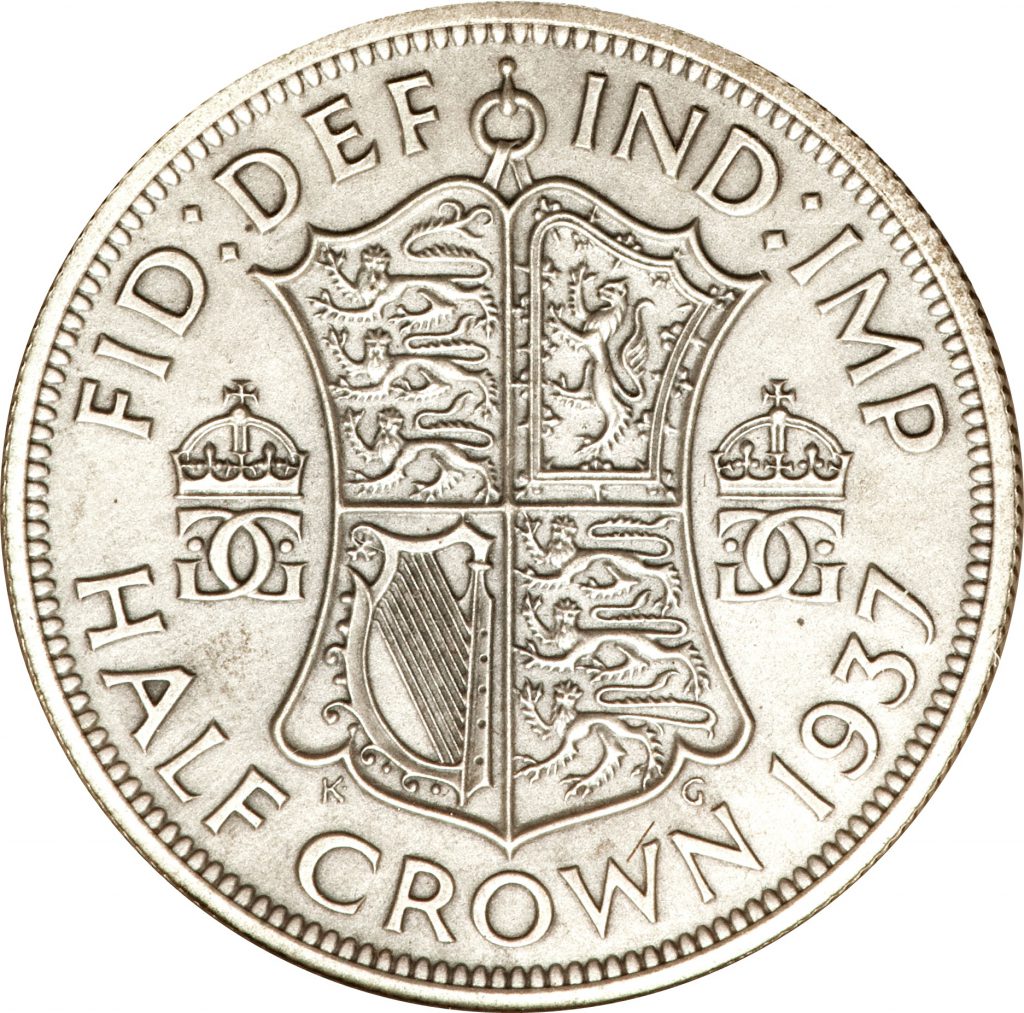
The Half Crown (2/6) was worth 30 pre-decimal pence (or two shillings and sixpence). There were eight Half Crowns in a pound sterling.
The last crown for circulation was dated 1967.
Crown
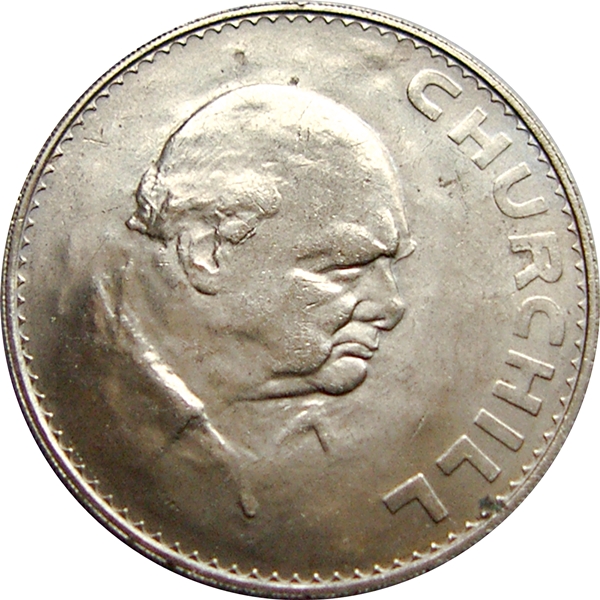
The English crown was introduced by order of King Henry VIII in 1544 but it wasn’t until 1707 that we saw the British crown. It was the successor to the English crown and the Scottish dollar, and it came into being with the Union of Kingdoms of England and Scotland.
It was worth 60 pre-decimal pence or 1/4 of a pound sterling. The legal tender value of the crown remained as 25p until 1990 when their face value was increased to £5 in view of its relatively large size compared to other coins.
With its large size, many of the later coins were primarily commemoratives. The 1965 issue carried the image of Winston Churchill on the reverse, the first time a non-monarch or commoner was ever placed on a British coin, and marked his death.
In 2010, Crowns (£5) were no longer available from banks or post offices and other distributors for face value. They are now reserved for significant anniversaries, birthdays or celebrations and are available to purchase from The Royal Mint and other distributors.
Half Sovereign and Sovereign
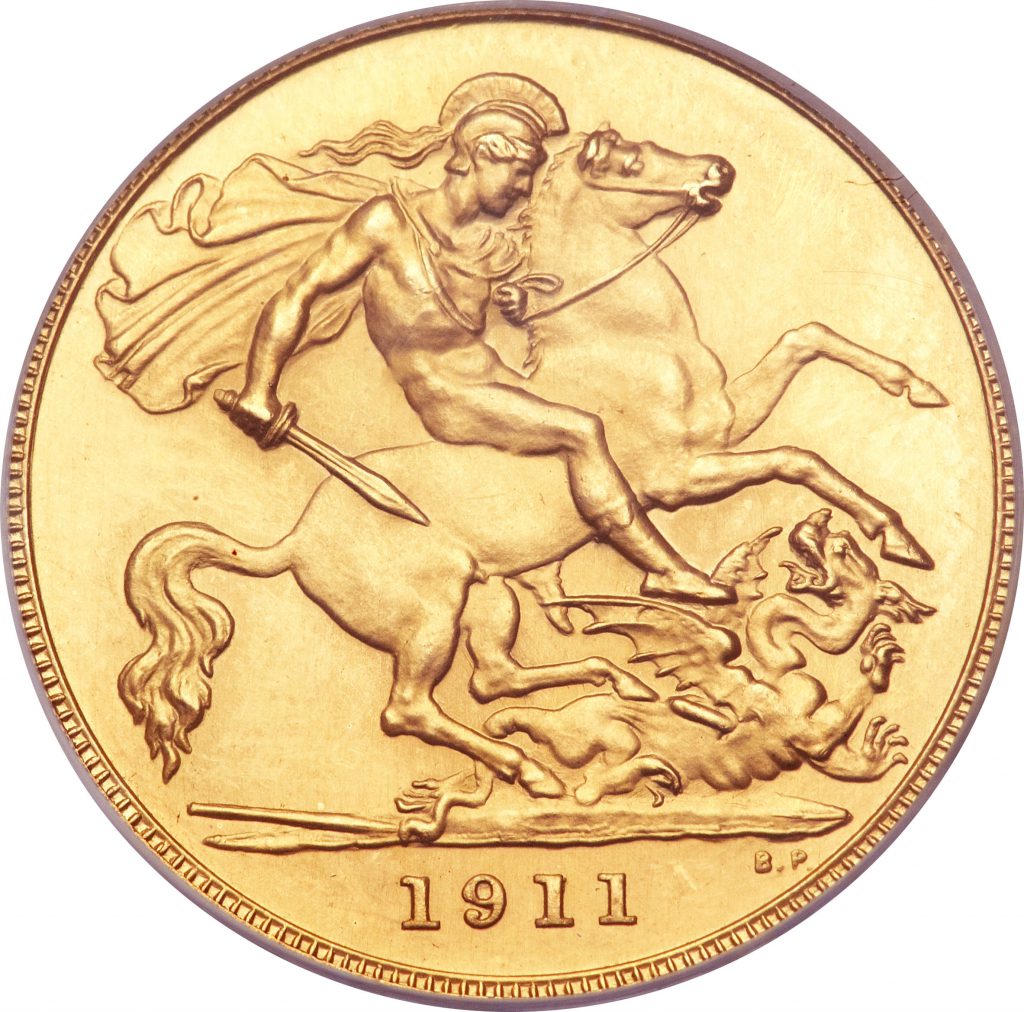
Sovereigns had a face value of 20 Shillings (or one pound) and Half Sovereigns of 10 Shillings. As they are made of 22ct Gold, they have a much higher metal value and have not been used as currency in recent years due to this.
Sovereigns are now reserved for flagship royal or historical anniversaries and are only available to purchase from The Royal Mint or official distributors.
Now that you’ve read your guide to the UK’s pre-decimal currency, do you have a favourite coin from the ones we’ve mentioned? Let us know in the comments below!
Secure the Complete Decimalisation Coin Collection & Display Card for JUST £30.00 (+p&p)
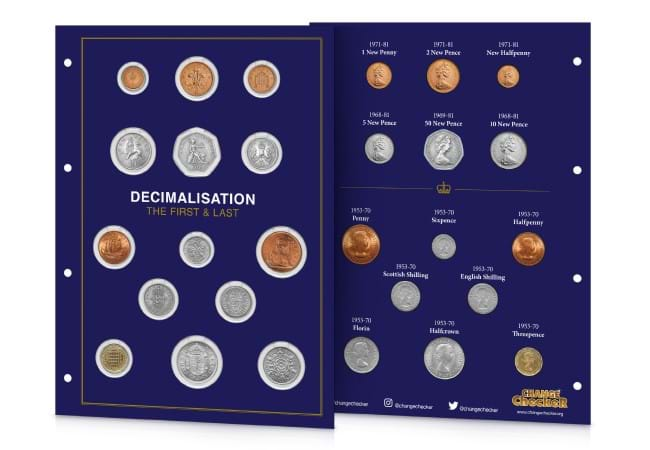
2021 will mark 50 years since this pivotal moment in British history and so in tribute, Change Checker has issued this Complete Decimalisation Set.
It includes the 14 coins which were affected by the decimal changeover on ‘D-Day’ in 1971 and makes for the perfect heirloom for any aspiring collector, or for those interested in the heritage of British coins.
Secure yours here for JUST £30.00 (+p&p) >>
